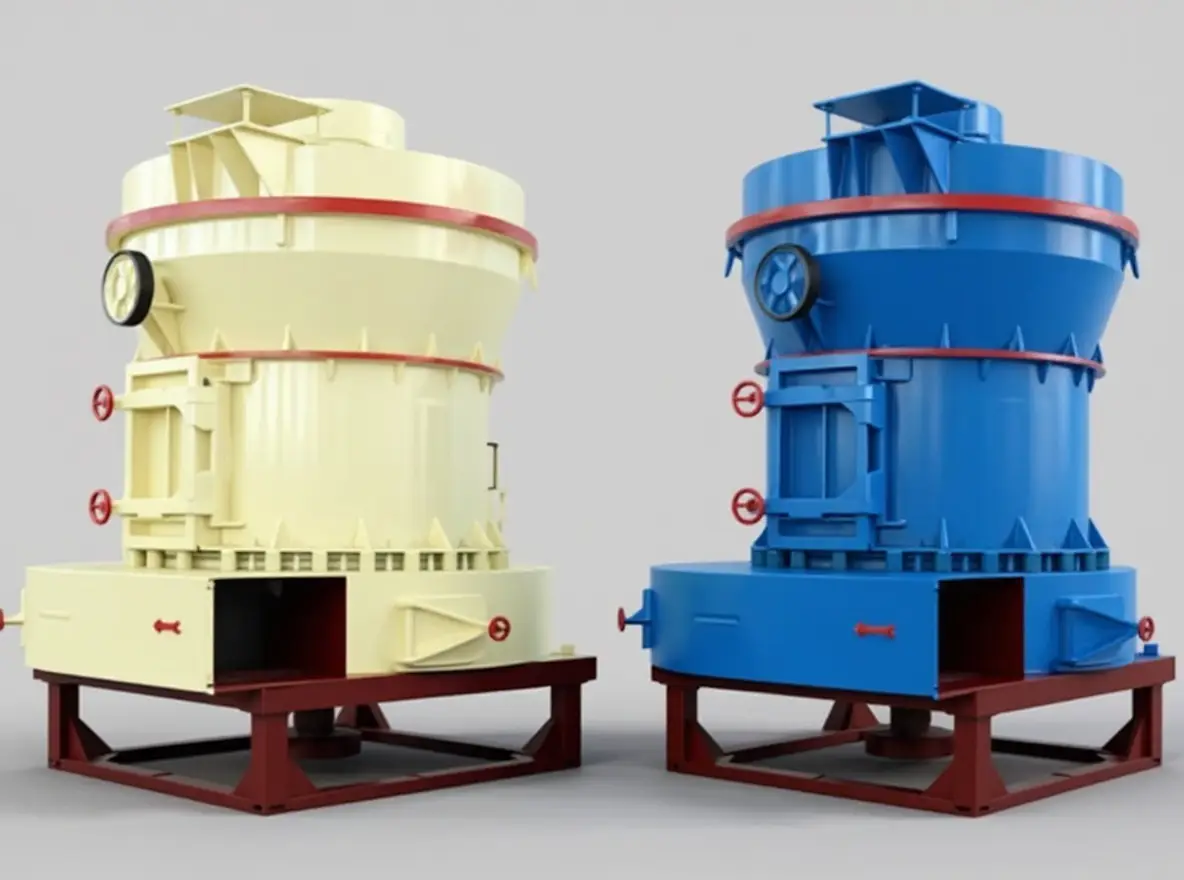Service
Raymond Mill
Versatile Grinding SolutionRaymond mills are essential in the production of powder from materials such as calcium carbonate, gypsum, non-metallic ore, and coal. They’re widely used in cement and lime calcination plants, as well as for desulfurizing work in power plants. The mill efficiently processes raw ore into fine powder, making it ideal for various industries.

Raymond Mill
Wide Application
Raymond mills excel at fine-grinding materials like limestone, diabase, barite, calcite, and dolomite. The R-type Raymond mill allows particle size adjustment in the range of 80-325 mesh, with some materials reaching 600 mesh.
Cost-Efficiency
Compared to ball mills, Raymond mills offer cost-efficiency with lower costs and reduced space requirements. Their design optimizes both energy consumption and operational expenses.
Technical Innovation
To maximize profits, Raymond mills have been updated to separate ultrafine mineral powder and increase production. Drawing on advanced structures from both domestic and international sources, these updates enhance the traditional Raymond mill design.
Long Service Life
The upper and lower grinding rings last more than 8,000 hours, while the grinding balls last between 4,000 and 6,000 hours. The overall machine lifespan exceeds 30 years, with extended intervals for replacing parts.
Customization Service
DMPCR offers custom solutions to meet individual client needs, ensuring every processing requirement is catered for effectively.
Environmental Considerations
Designed with environmental protection in mind, the Raymond mill incorporates features like dust silencers and efficient dust management to minimize noise and eliminate production disruptions caused by dust.
Raymond Mill Parts
Key components of the Raymond mill include the main machine, analyzer, fan, finished cyclone separator, fine powder cyclone separator, and a duct. The main body comprises a frame, inlet volute, blade, grinding roller, grinding ring, and cover.
Working Principle
The grinding roller presses tightly on the grinding ring under centrifugal force. Material is fed between the roller and ring, where it’s ground into powder. A fan blows the powdered material through an analysis machine. Qualified powder is collected by the cyclone separator, while unqualified material returns for further grinding. The exhaust air is filtered to form a powder.
Pneumatic Separation Process
After grinding, the fan blows air into the casing, sorting the powder via an analyzer above the grinding chamber. Unqualified material re-grinds until it meets specifications. Qualified powder is collected by the cyclone and discharged as the final product. The air circulates under negative pressure, discharging excess air through an exhaust pipe for purification.
Conclusion
Raymond mills provide an efficient, environmentally-friendly solution for producing fine powders. With advanced technology, customizability, and long service life, DMPCR ensures its Raymond mills meet a wide range of industrial needs.
